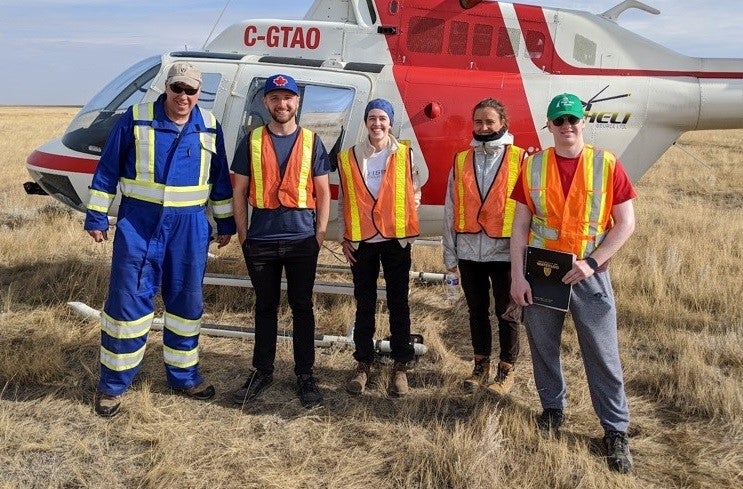Those spectacular shooting flames associated with oil and gas production aren’t doing a good enough job of protecting the environment.
Known as flares, they play an important role in the reduction of greenhouse gases fueling climate change by converting methane that would otherwise be released into the atmosphere into much less harmful carbon dioxide (CO2).
But recent studies suggest that flares in oil and gas fields are considerably less efficient than previously thought, a discrepancy that could be responsible for additional annual emissions equivalent to those produced by up to 8.8 million cars in the United States alone.
To help tackle that urgent problem, a research team led by Dr. Kyle Daun, a professor of mechanical and mechatronics engineering at Waterloo Engineering, is working with a sophisticated infrared camera to more accurately measure how well flares convert methane into CO2.
“We are rapidly approaching a climactic tipping point, in some ways much faster than scientists thought was possible,” he says. “We must act now. This must be our top priority.”
Go to 'This must be our top priority' for the full story.

Waterloo researchers with a helicopter used for airborne hyperspectral measurements of methane. From left are Dr. Kyle Daun, Michael Nagorski, Augustine Wigle, Dr. Paule Lapeyre and Daniel Blackmore.